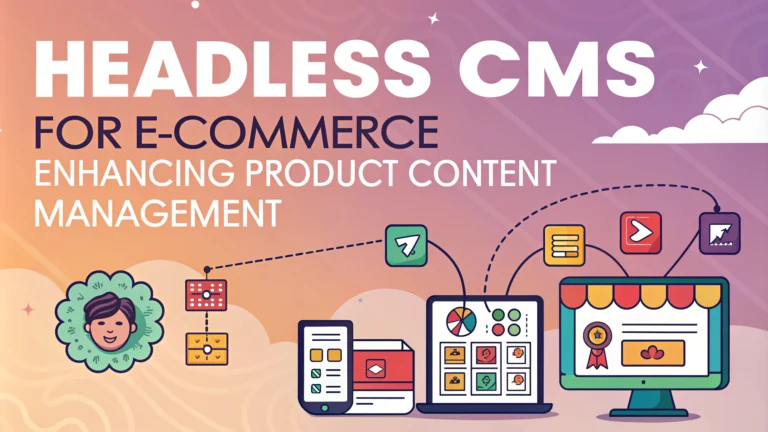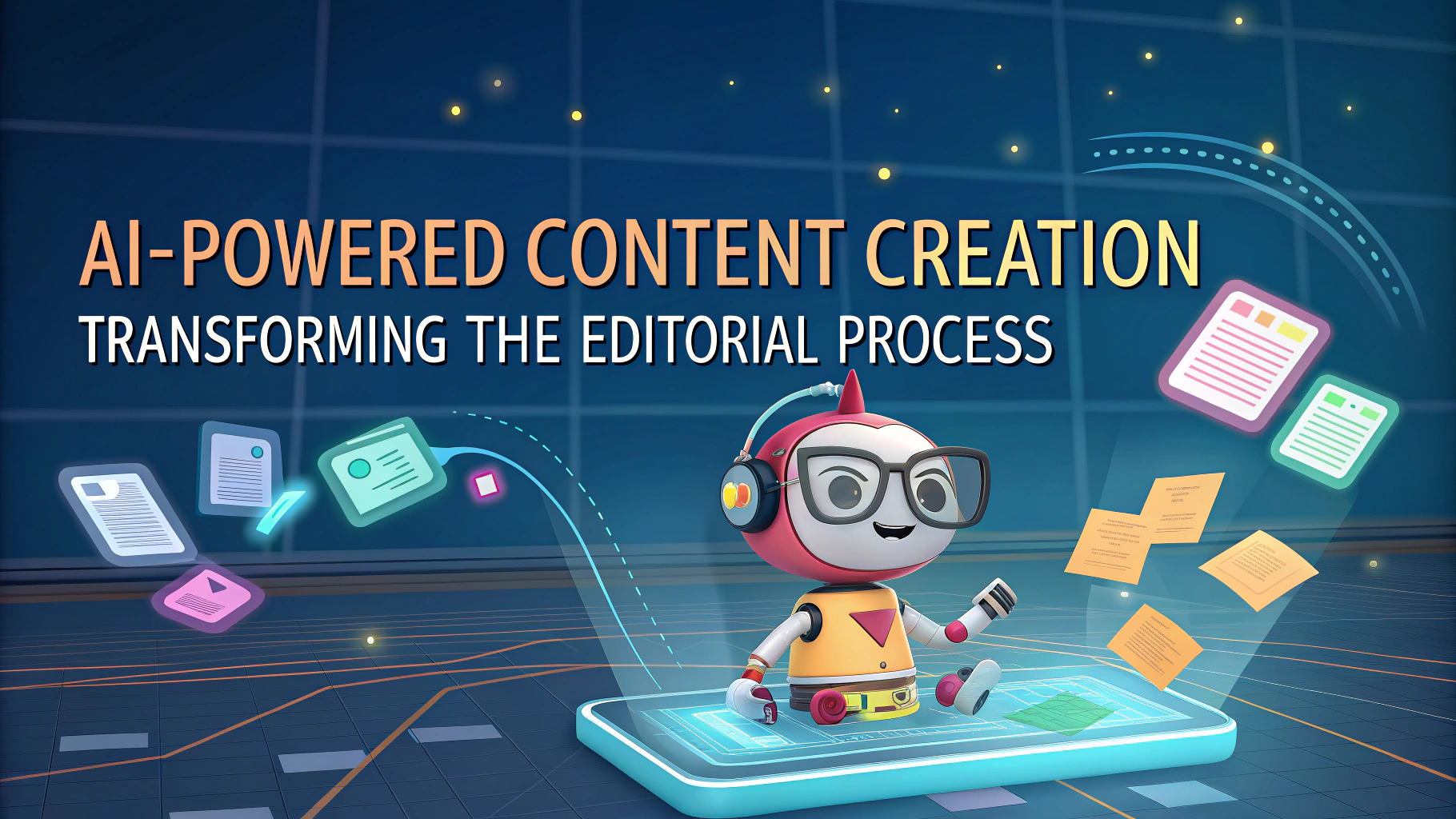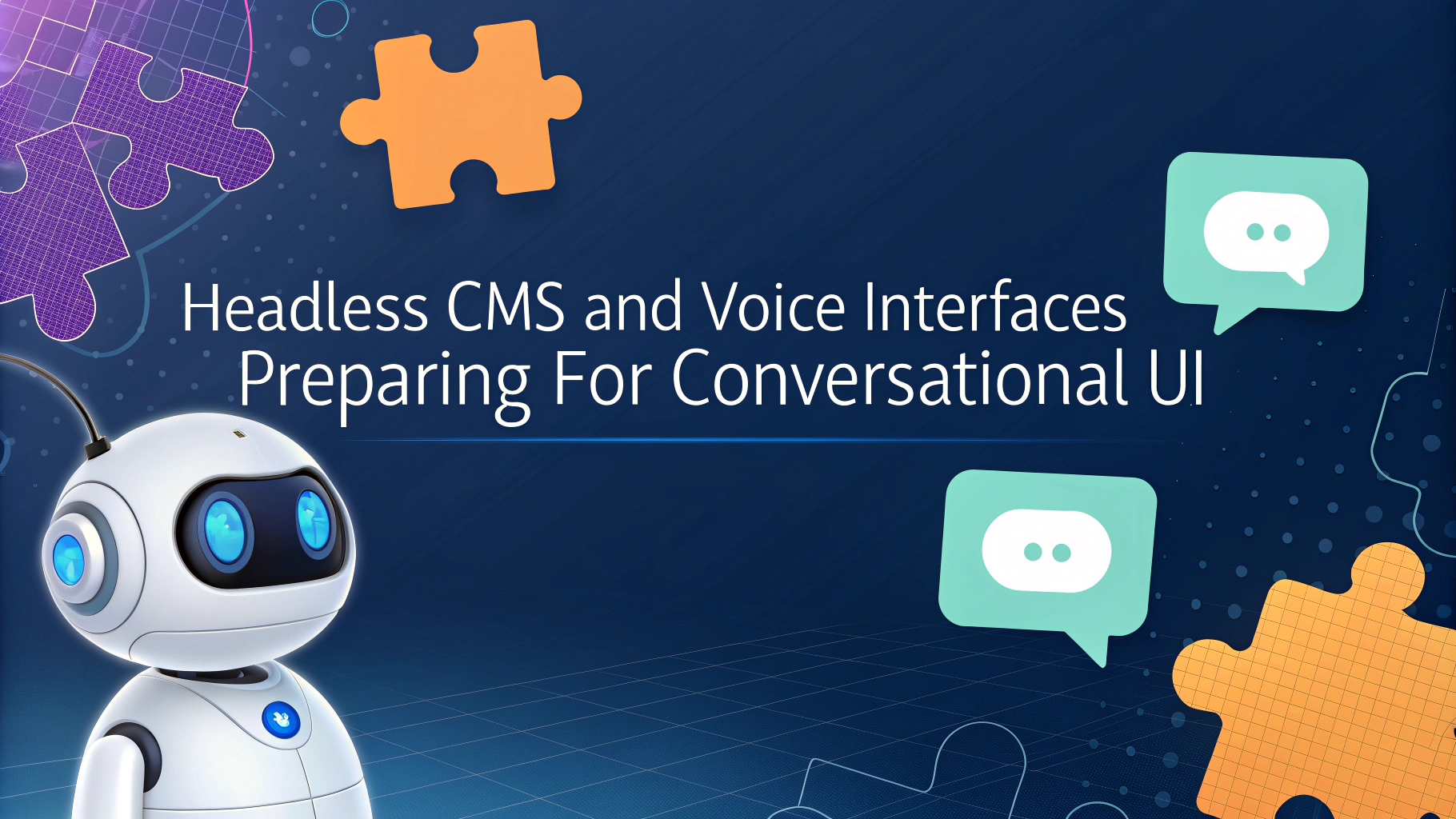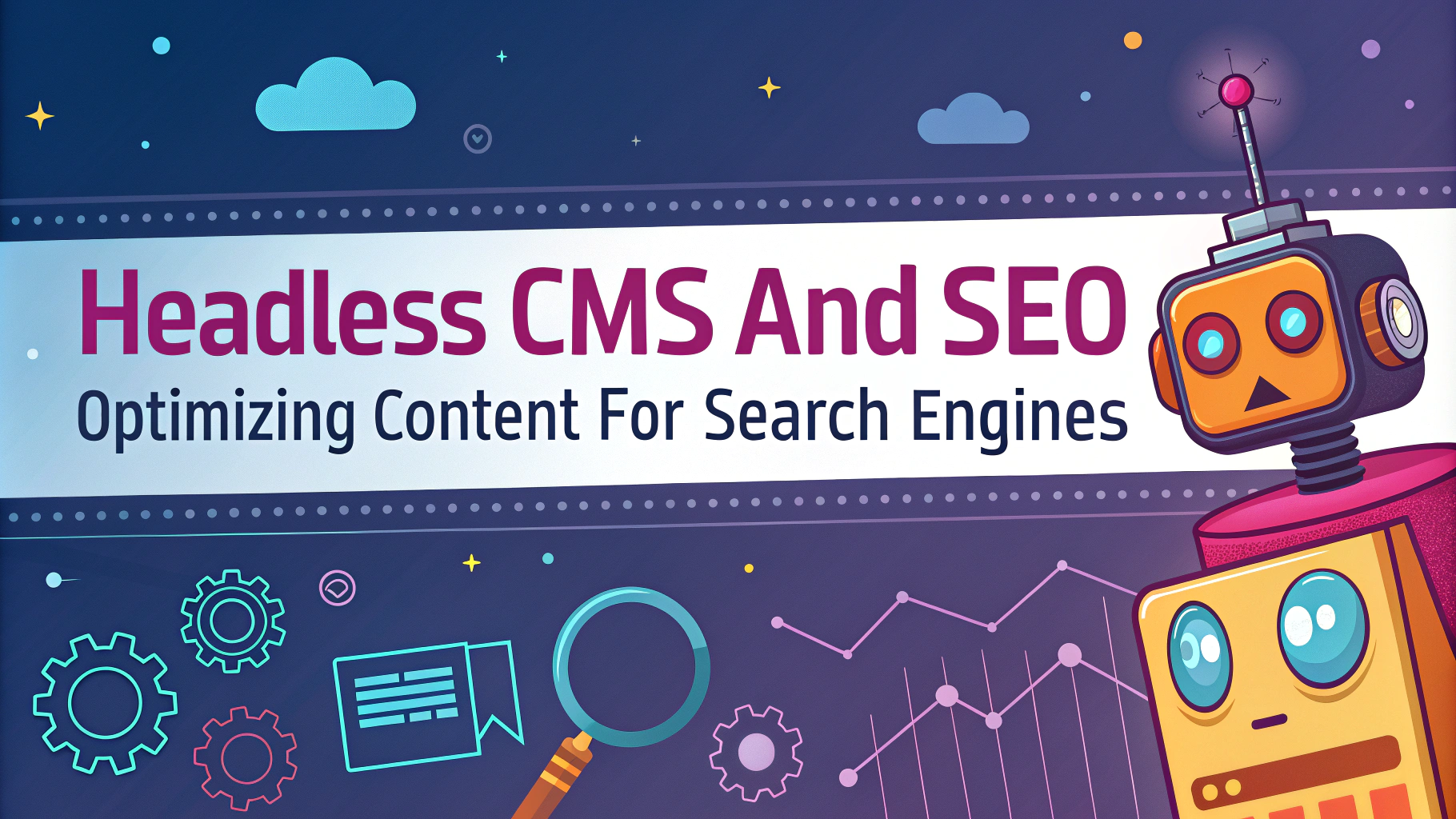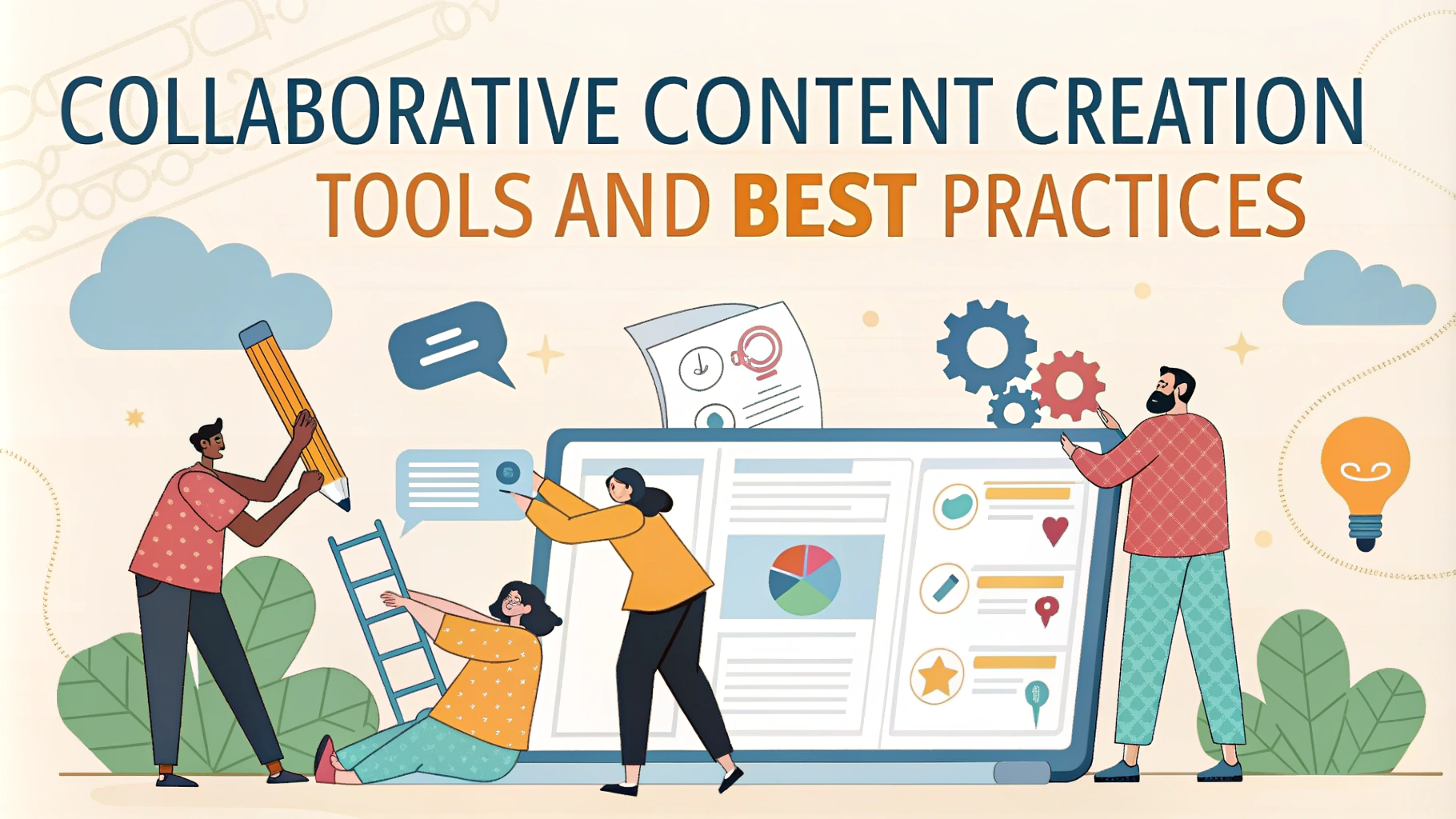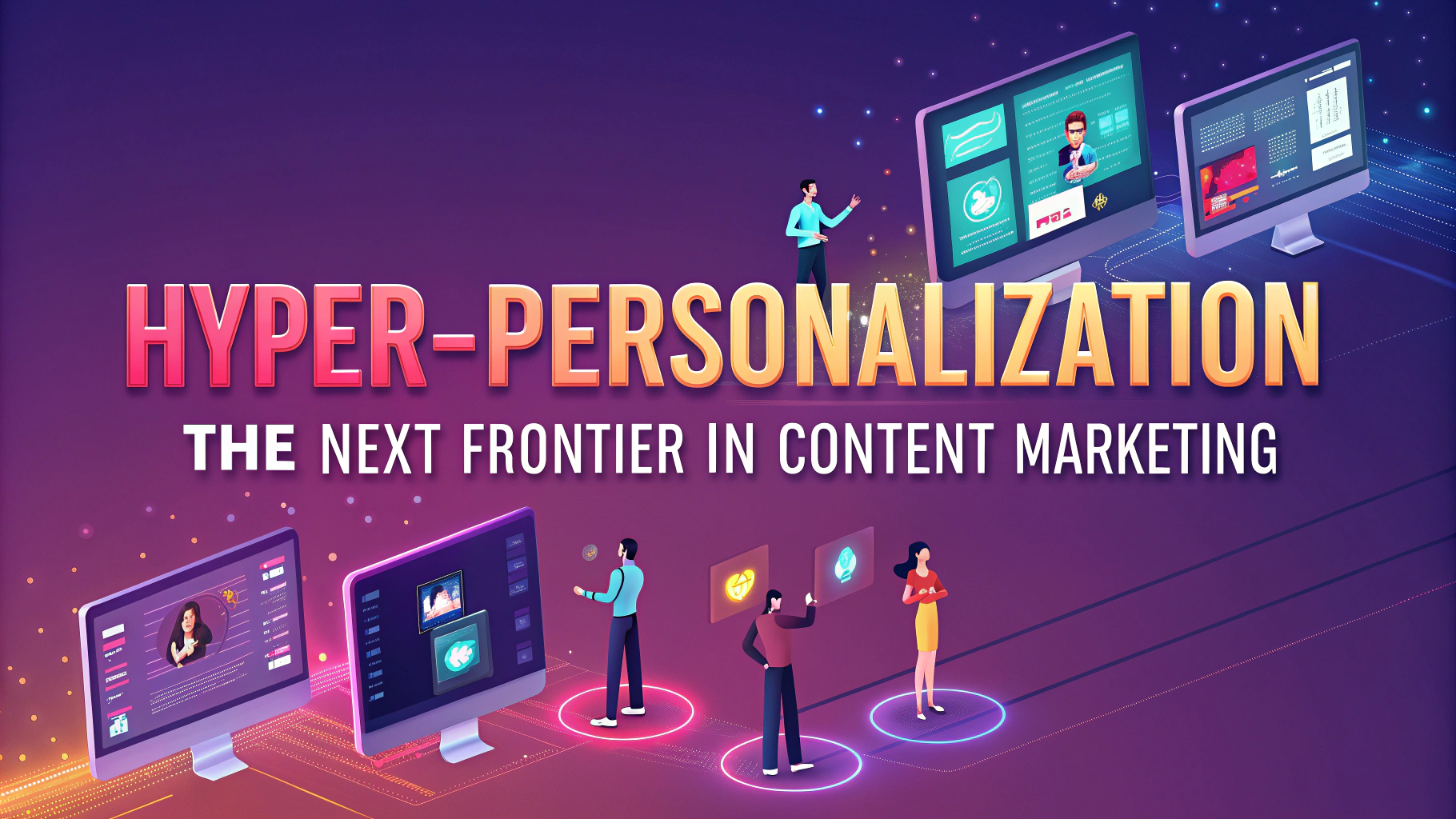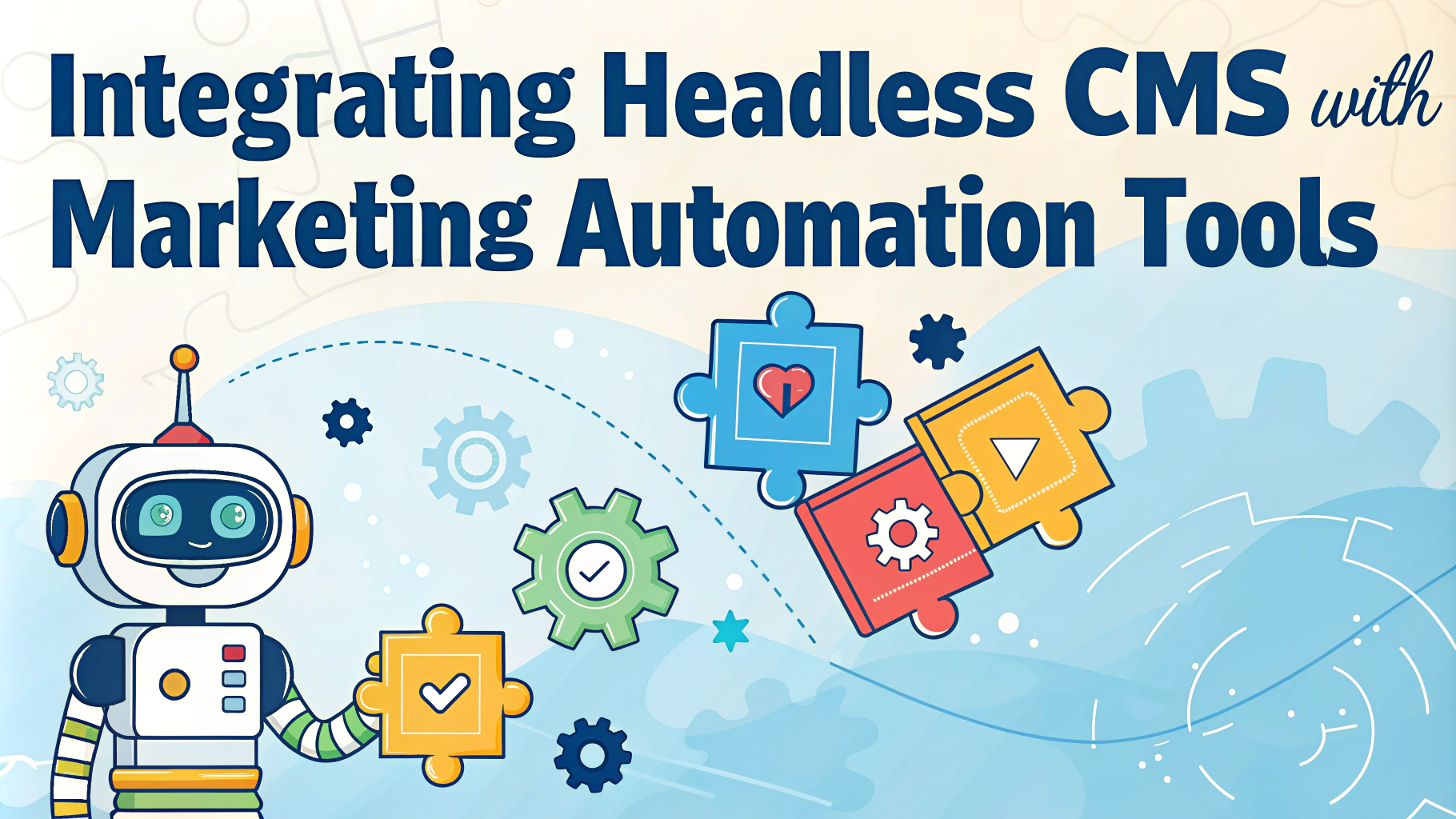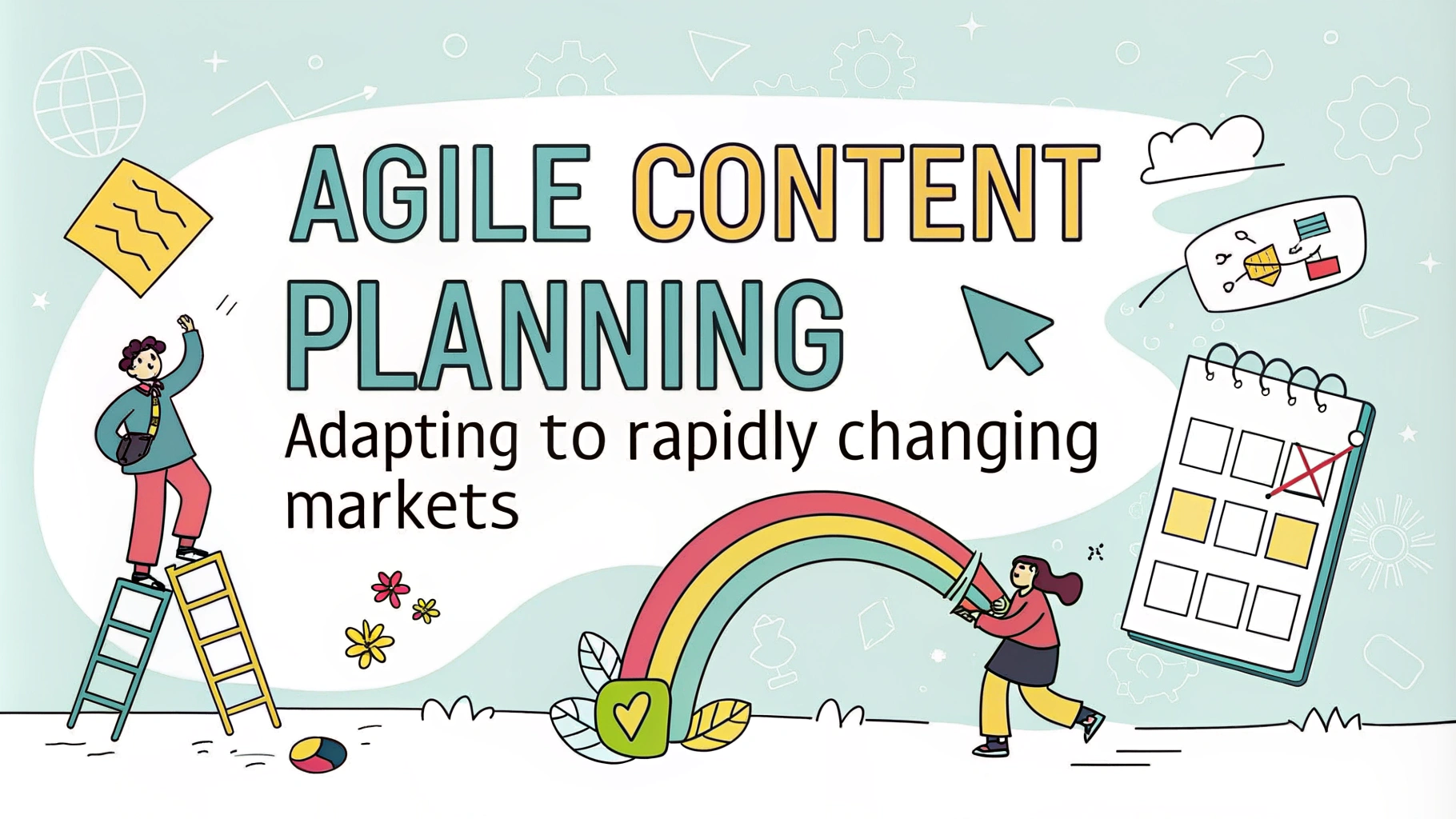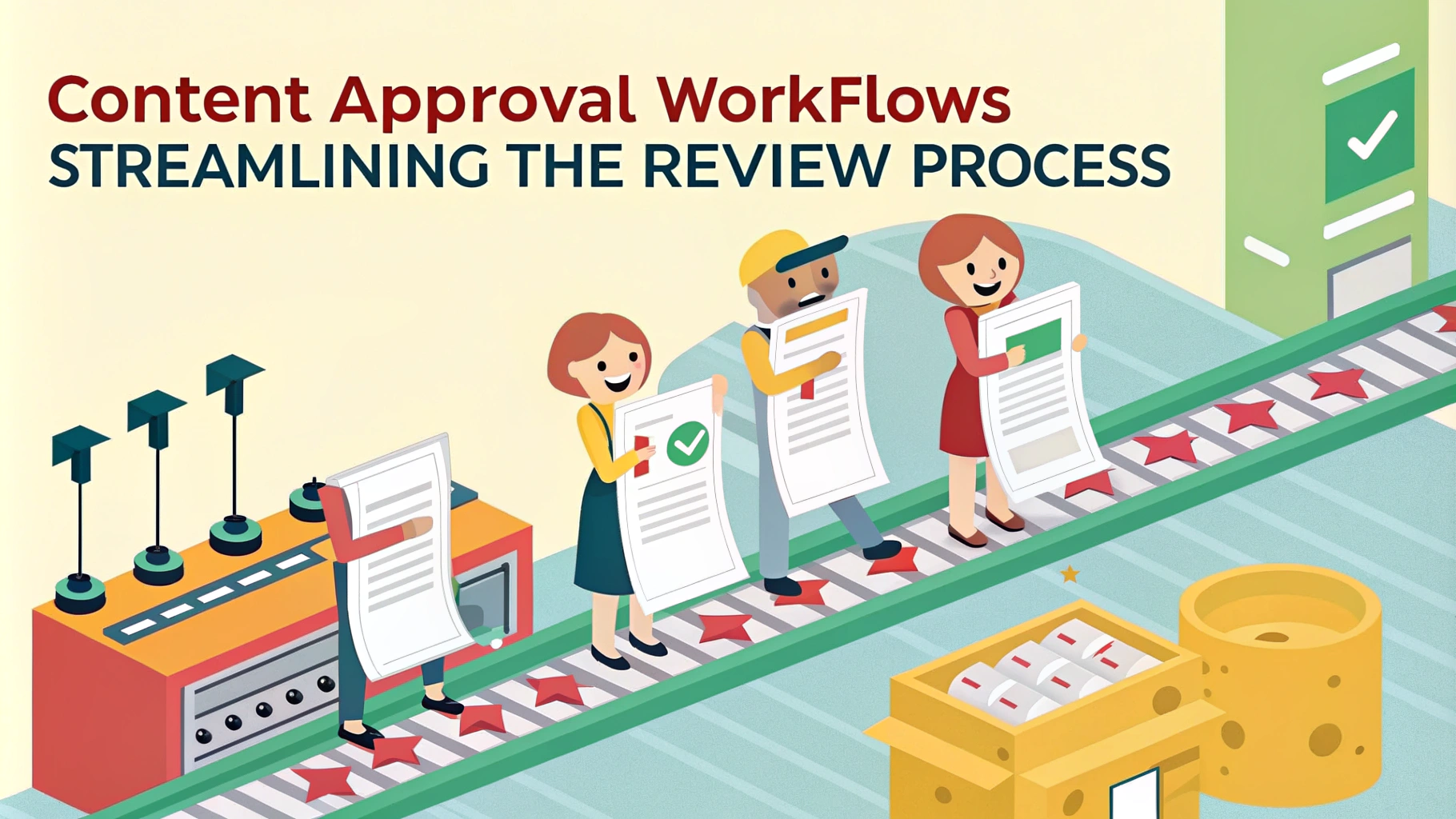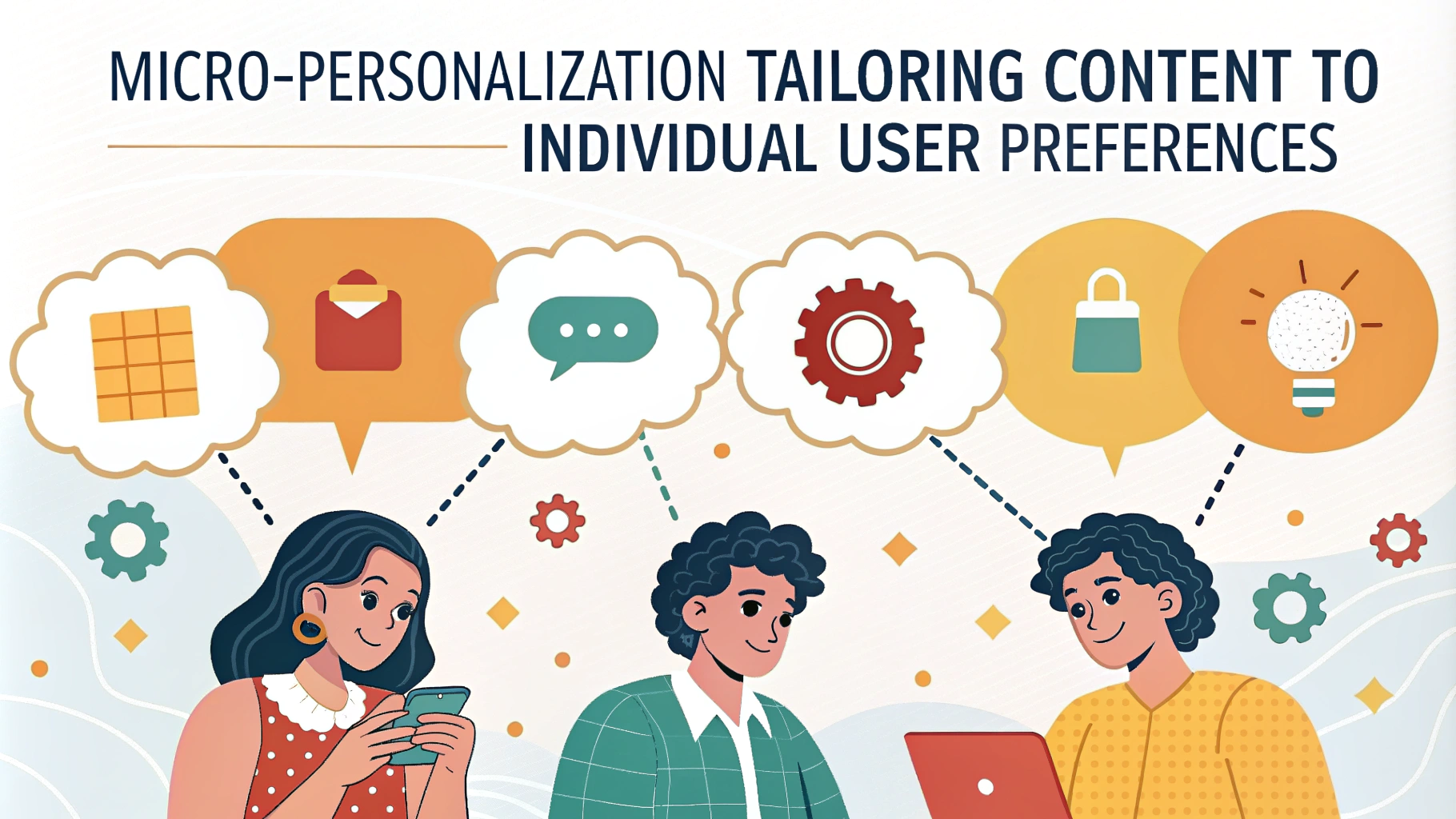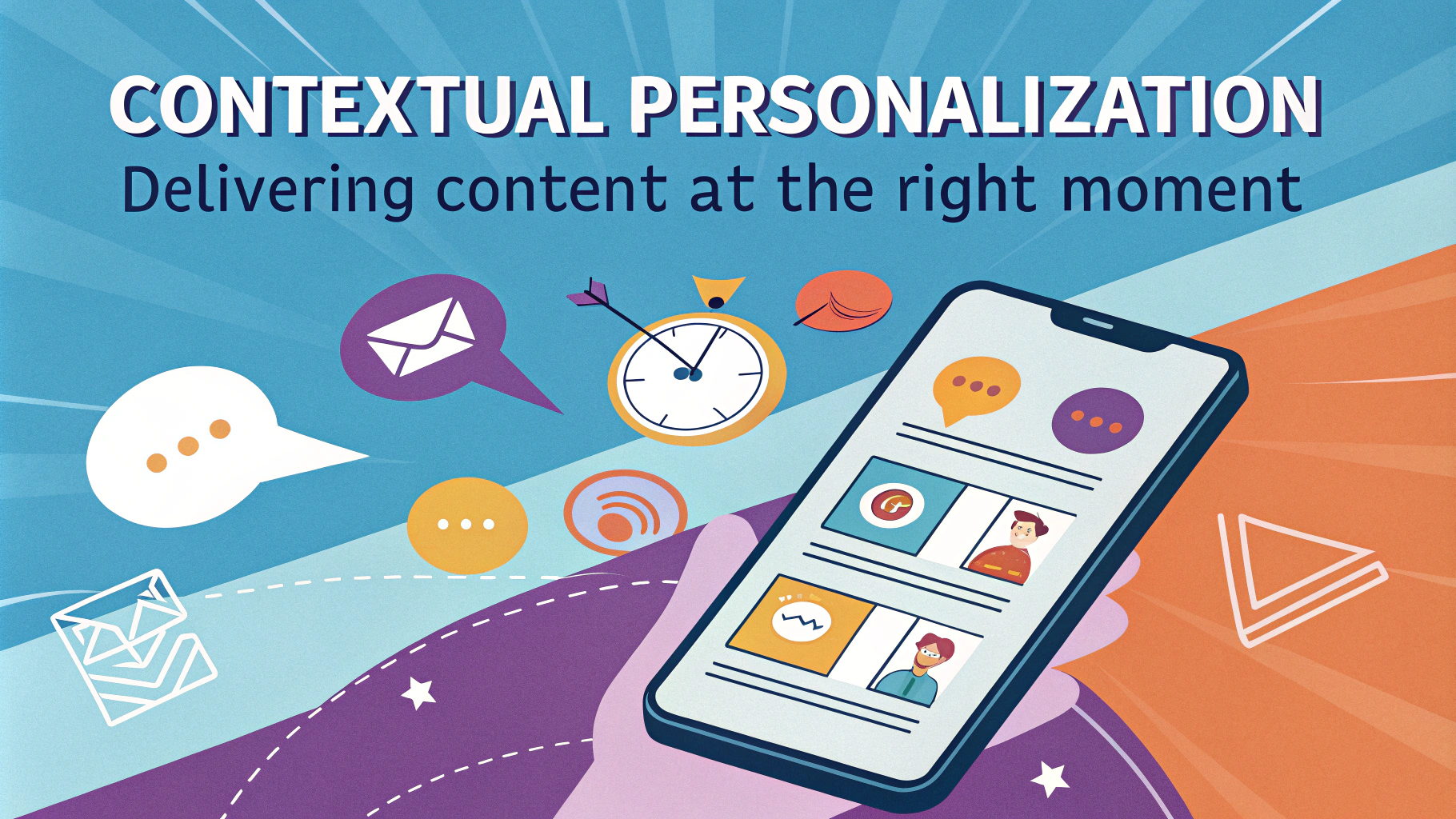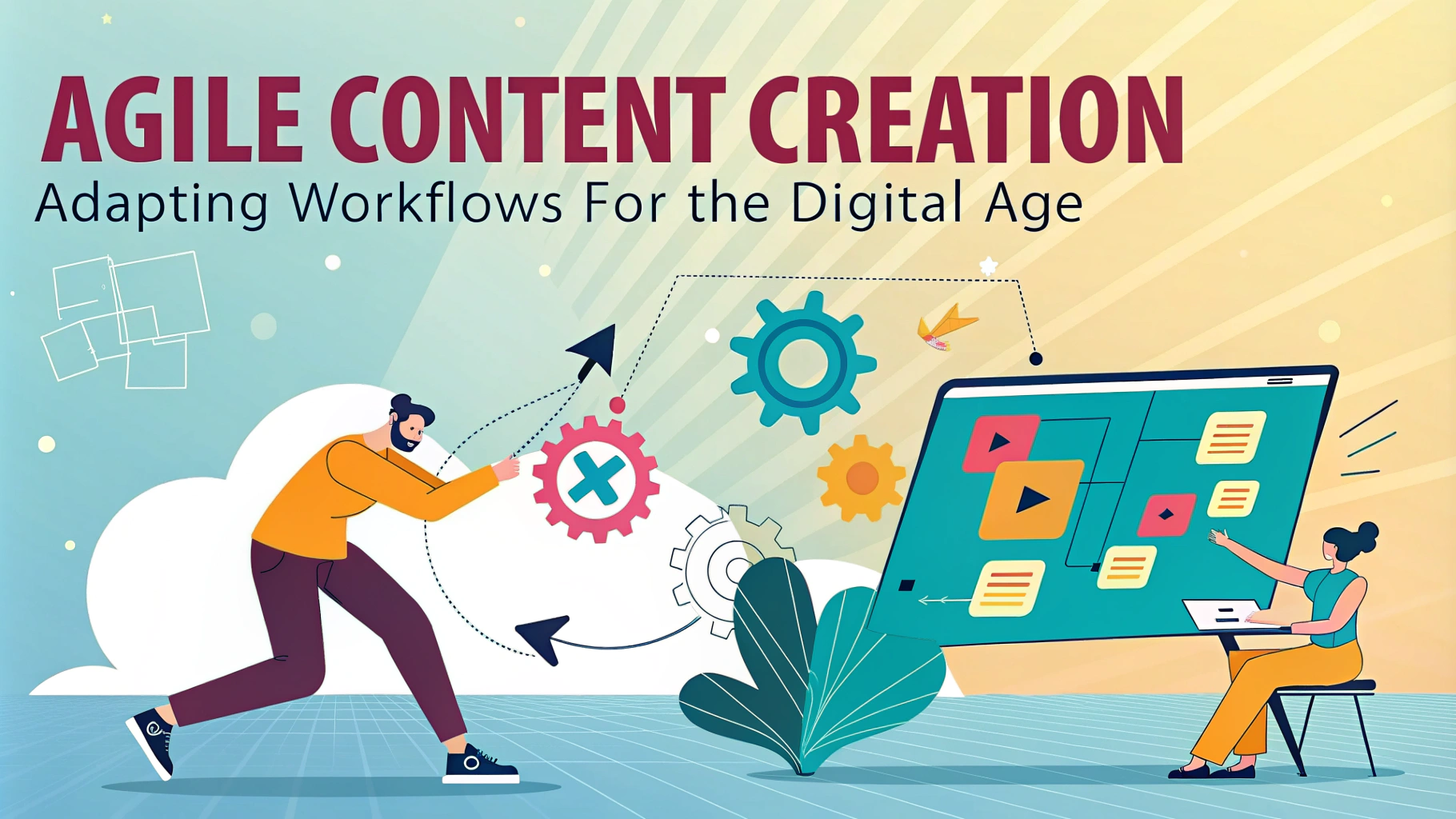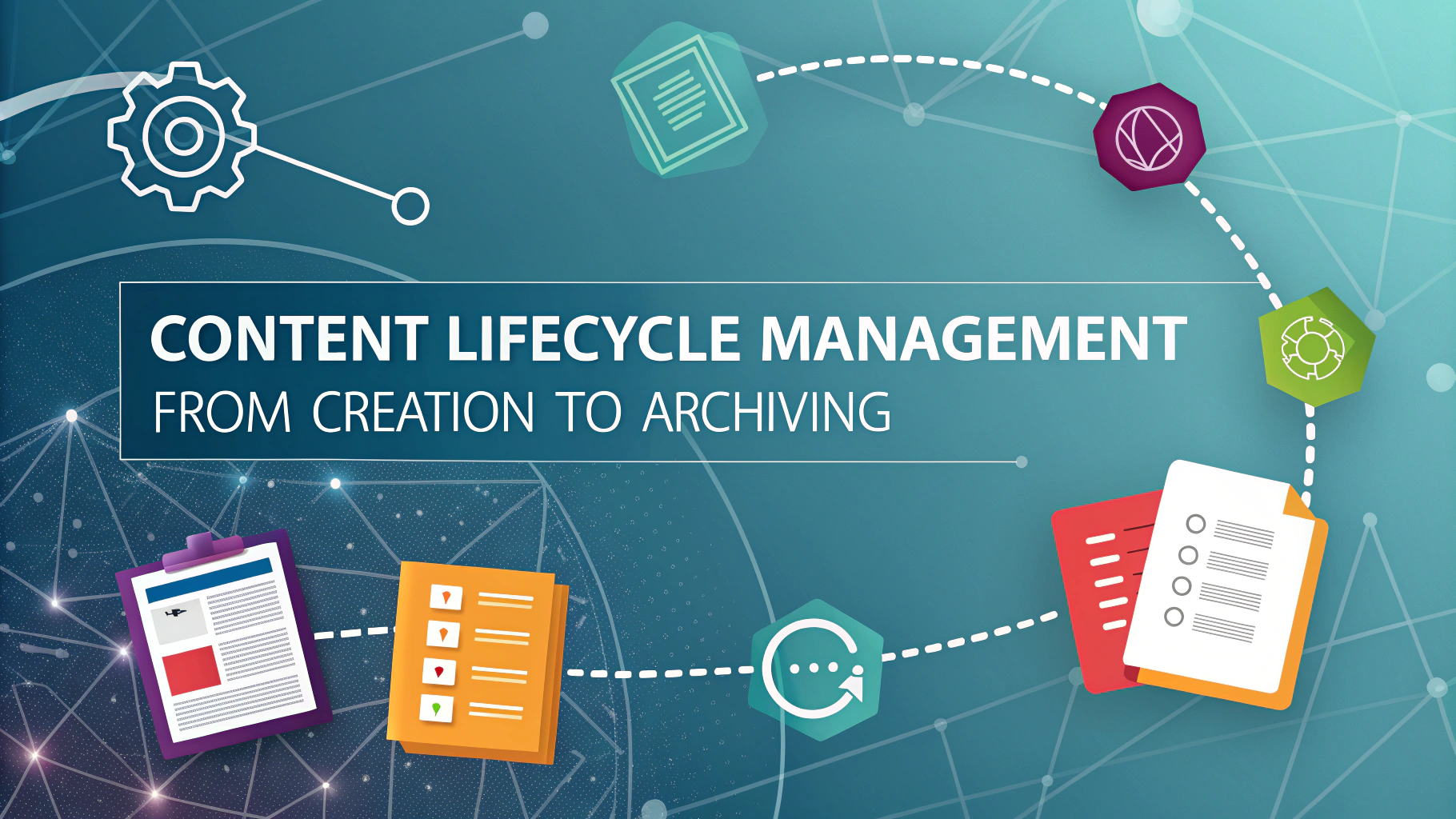Headless CMS is transforming e-commerce by separating content management from presentation. This approach offers unparalleled flexibility and scalability for online stores. Let’s explore how headless CMS enhances product content management and drives e-commerce success.
Understanding Headless CMS in E-commerce
A headless CMS decouples the content repository from the front-end presentation layer. This separation allows for greater flexibility in content delivery across multiple channels.
Key benefits of headless CMS for e-commerce include:
- Improved content reusability
- Faster time-to-market for new features
- Enhanced performance and scalability
- Better omnichannel experiences
Content Architecture for E-commerce Success
Effective content architecture is crucial for managing product information in a headless CMS. A well-structured content model ensures consistency and efficiency across all touchpoints.
Consider these elements when designing your content architecture:
- Product attributes (e.g., name, description, price)
- Category hierarchies
- Related products and cross-sell opportunities
- Rich media assets (images, videos, 3D models)
Leveraging API-first Approach for Flexibility
An API-first approach is at the core of headless CMS functionality. This strategy enables seamless integration with various front-end technologies and third-party services.
Benefits of API-first architecture in e-commerce:
- Easy integration with existing systems
- Support for multiple storefronts and devices
- Real-time content updates across channels
- Enhanced developer productivity
Implementing RESTful APIs
RESTful APIs provide a standardized way to access and manipulate product data. They offer flexibility and scalability for e-commerce operations.
Key considerations for RESTful API implementation:
- Clear endpoint naming conventions
- Proper authentication and authorization
- Efficient data caching strategies
- Comprehensive API documentation
GraphQL for Complex Data Queries
GraphQL is gaining popularity in e-commerce for its ability to handle complex data queries efficiently. It allows clients to request only the data they need, reducing overhead and improving performance.
Advantages of GraphQL in e-commerce:
- Reduced network overhead
- Simplified front-end development
- Improved mobile app performance
- Easier handling of product variations
Optimizing Product Pages for Conversions
Product pages are the backbone of any e-commerce site. Optimizing them can significantly boost conversions and sales.
Key elements for high-converting product pages:
- High-quality product images and videos
- Clear, benefit-focused product descriptions
- Prominent call-to-action buttons
- Customer reviews and ratings
- Related product recommendations
Implementing A/B Testing
A/B testing helps identify which elements of your product pages drive the most conversions. Test different layouts, copy, and images to optimize performance.
Steps for effective A/B testing:
- Identify the element to test (e.g., CTA button color)
- Create two variants (A and B)
- Split traffic evenly between variants
- Analyze results and implement the winner
Enhancing User Experience with Personalization
Personalization creates tailored shopping experiences, increasing customer satisfaction and loyalty. Headless CMS enables dynamic content delivery based on user behavior and preferences.
Personalization strategies for e-commerce:
- Product recommendations based on browsing history
- Customized landing pages for returning customers
- Personalized email campaigns
- Dynamic pricing based on user segments
Implementing AI-powered Recommendations
AI algorithms can analyze user behavior and purchase history to provide highly relevant product recommendations. This increases average order value and customer satisfaction.
Benefits of AI-powered recommendations:
- Increased cross-selling and upselling opportunities
- Improved customer engagement
- Higher conversion rates
- Enhanced user experience
Mobile Optimization for E-commerce Success
Mobile devices account for a significant portion of e-commerce traffic. Optimizing for mobile is essential for success in today’s market.
Mobile optimization strategies:
- Responsive design for all screen sizes
- Fast-loading pages (aim for under 3 seconds)
- Simplified navigation and checkout process
- Mobile-friendly product images and videos
Implementing Progressive Web Apps (PWAs)
PWAs offer a native app-like experience within a web browser. They provide faster load times and offline functionality, enhancing the mobile shopping experience.
Advantages of PWAs for e-commerce:
- Improved performance and speed
- Offline capabilities
- Push notifications for better engagement
- Lower development costs compared to native apps
Conclusion: Embracing Headless CMS for E-commerce Growth
Headless CMS offers a powerful solution for e-commerce businesses looking to stay competitive in a rapidly evolving digital landscape. By separating content management from presentation, it provides the flexibility and scalability needed to deliver exceptional shopping experiences across multiple channels.
Key takeaways for e-commerce success with headless CMS:
- Design a robust content architecture
- Leverage API-first approach for seamless integrations
- Optimize product pages for conversions
- Implement personalization strategies
- Prioritize mobile optimization
By embracing headless CMS and implementing these strategies, e-commerce businesses can create engaging, personalized shopping experiences that drive growth and customer loyalty in an increasingly competitive market.

